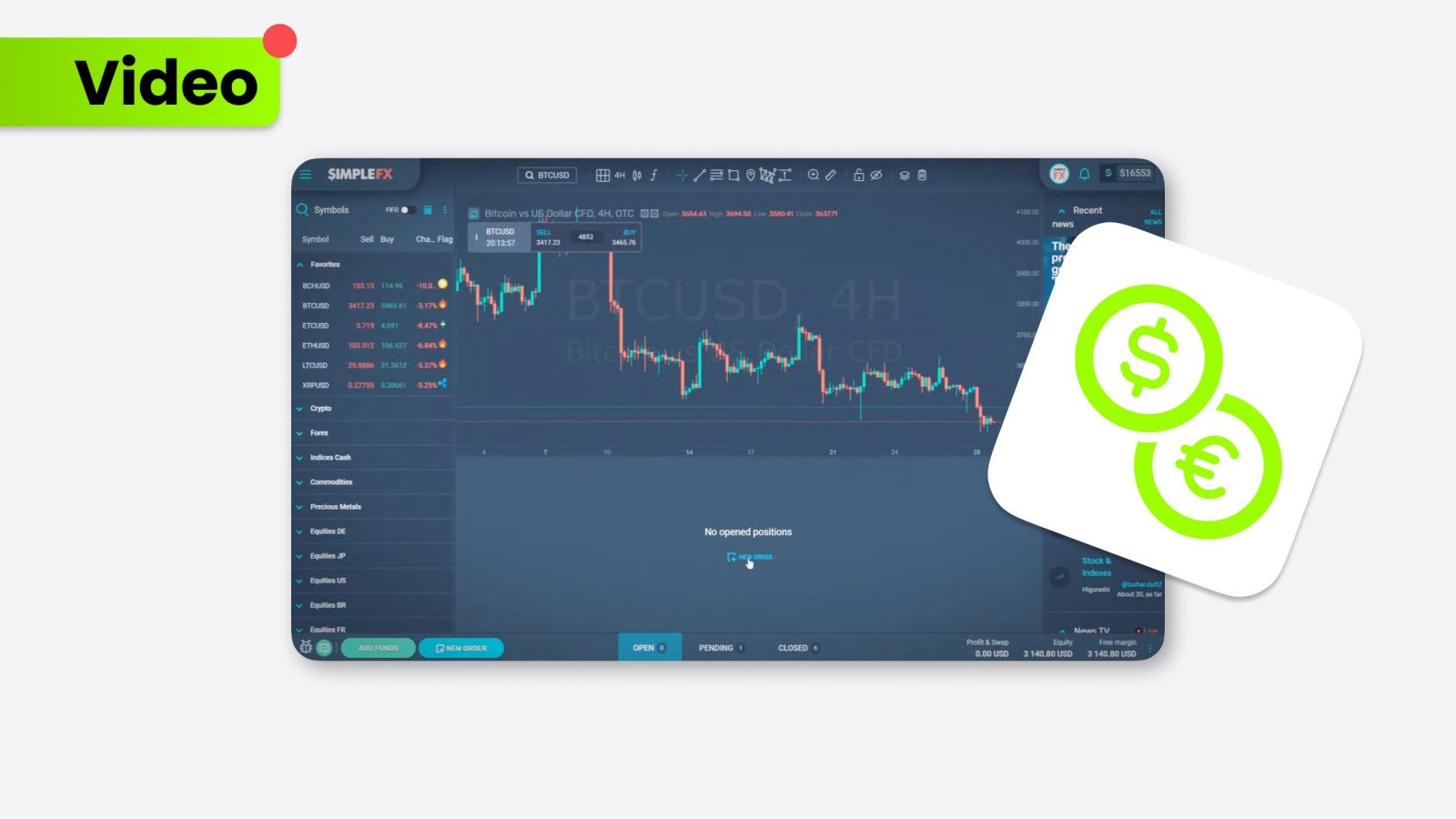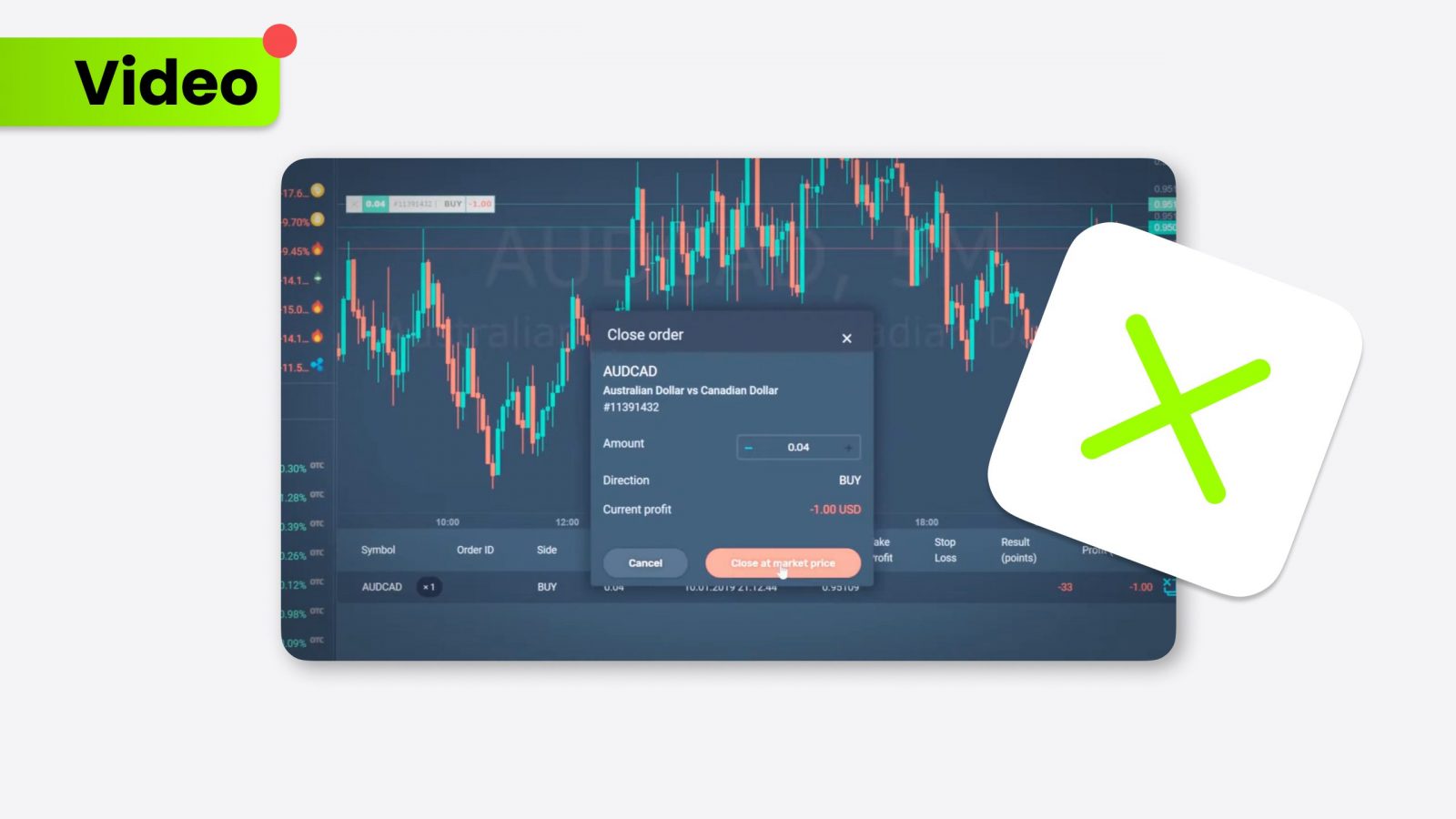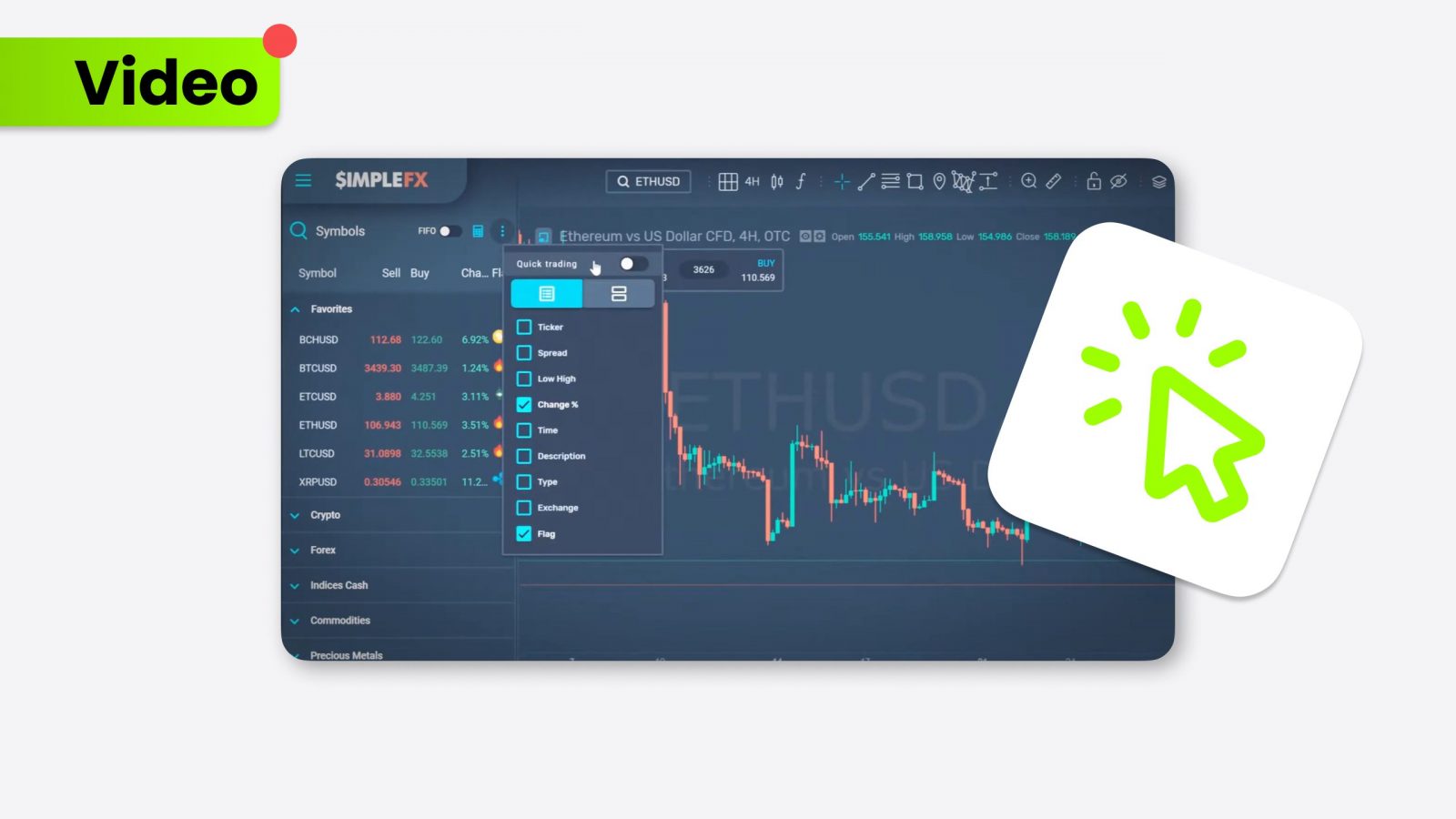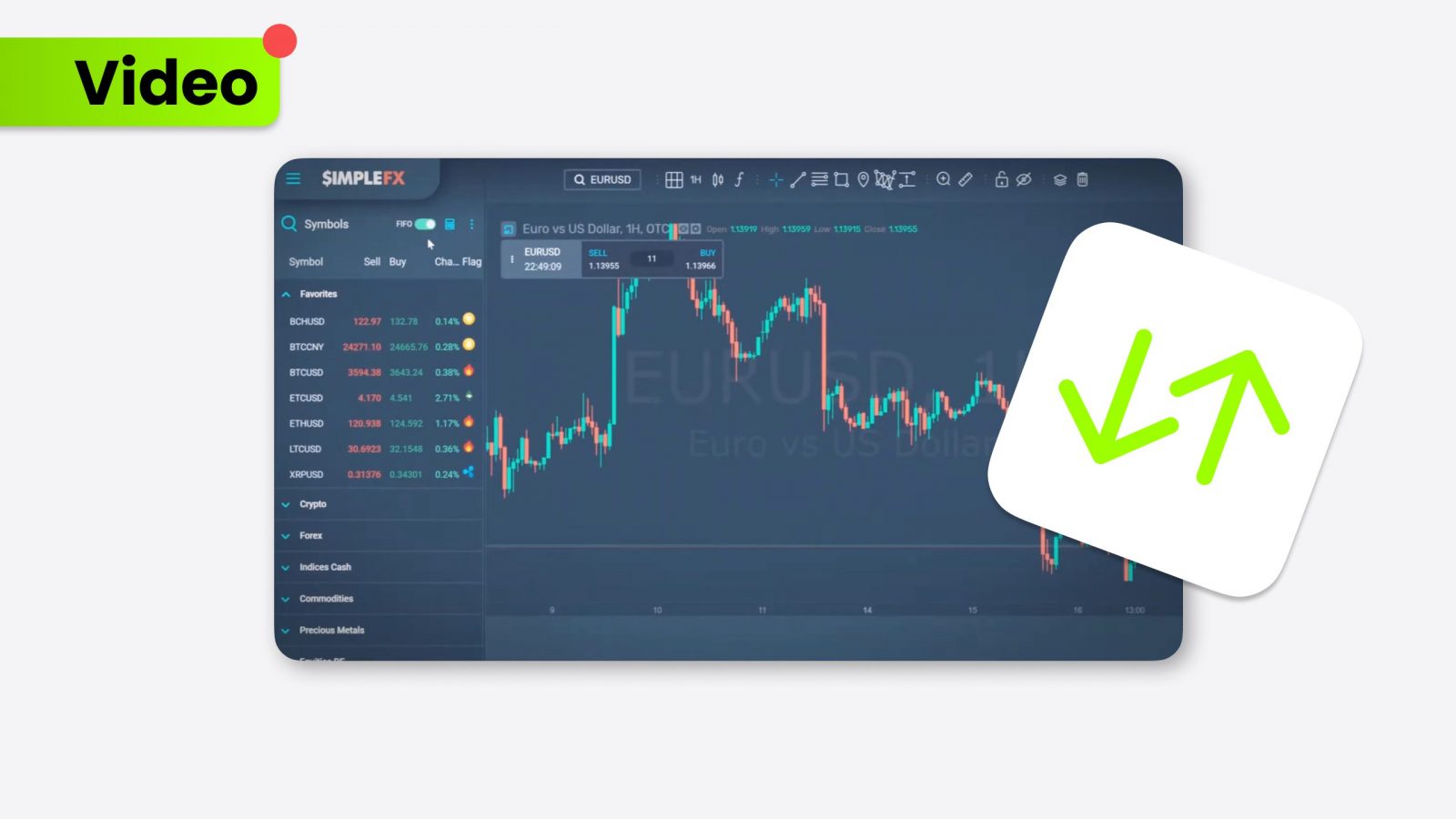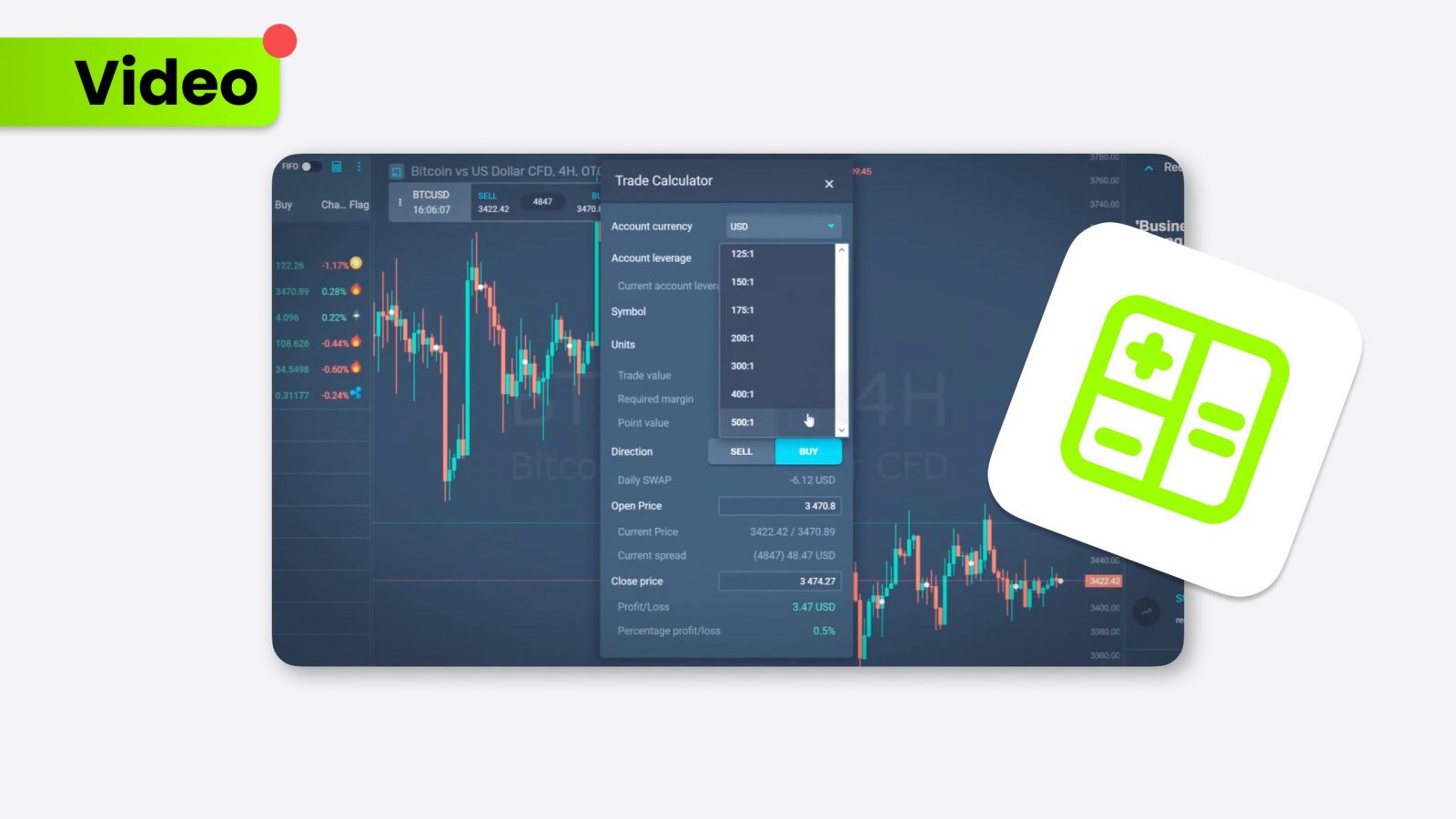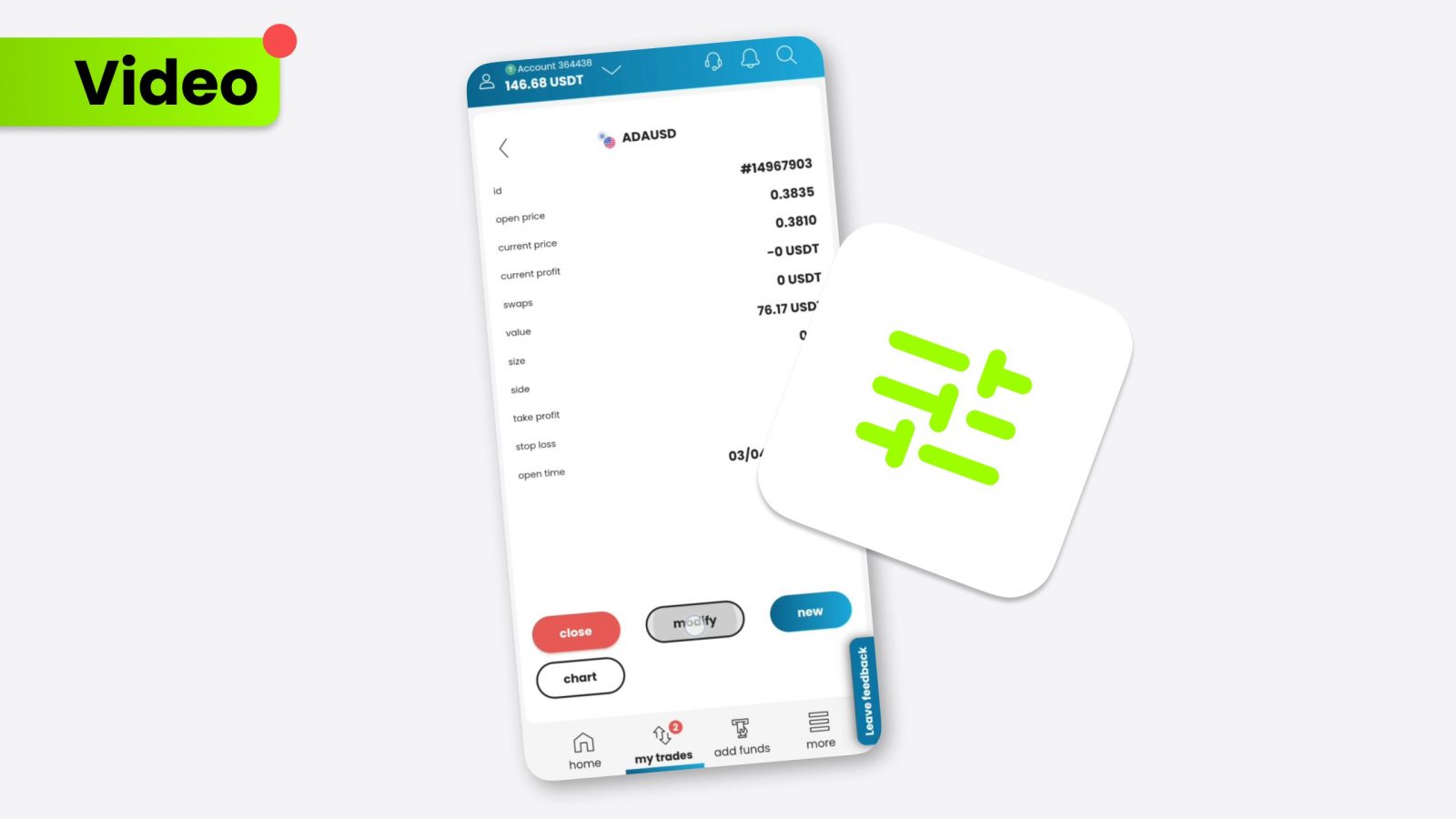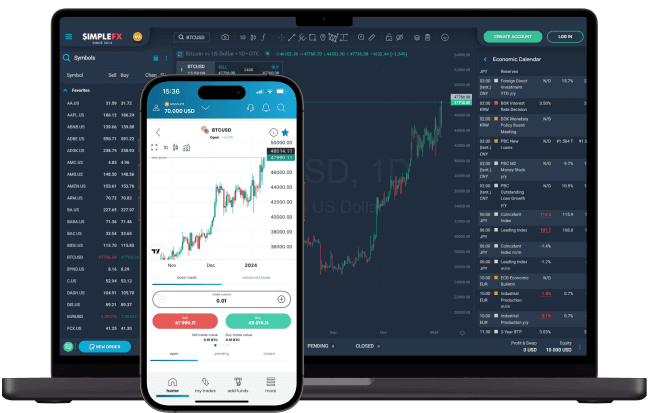The Euro to dollar exchange rate, or EURUSD, is a pivotal currency pair that offers a window into the economic interactions between the European Union and the United States.
- The Euro to U.S. Dollar rate is a crucial measure in forex trading.
- Both American and European economic indicators like FOC decisions and ECB policies impact the EURUSD rate
- The multi-country nature of the Eurozone introduces unique challenges in trading EURUSD
- Platforms like SimpleFX allow traders to access real-time data and tools for effective trading and analysis
What Is Euro To Dollar?
The Euro to Dollar, or EURUSD, is a vital currency pair that denotes the amount of U.S. dollars needed to buy one Euro. In forex markets, the Euro is the “base currency,” and the dollar is the “quote currency.”
This pairing connects the two largest Western economies: the European Union and the United States. The Euro to Dollar currency pair is not essential not only because of the economic strength of the regions it represents. EURUSD is an asset that illustrates the financial relationship between two major central banks – the European Central Bank and the Federal Reserve. These institutions substantially influence the pair through their policies on interest rates. The dynamics of Euro and U.S. Dollars are crucial for traders, highlighting the broader economic health and monetary policy changes between Europe and the United States.
How much is a Euro in Dollars?
Determining how much a Euro is in dollars can be challenging, as the exchange rate fluctuates continuously. For instance, if the EURUSD rate is 1.25, traders need 1.25 USD to buy one Euro. For both novice and seasoned traders, constant monitoring of USD forex movements is essential for making informed trading decisions.
Traders seeking real-time data and robust analysis tools might consider platforms like SimpleFX Webtrader. It offers access to multiple financial assets, including the EURUSD. Moreover, it provides traders with the necessary tools to analyze trends and execute trades efficiently, making it an invaluable resource in the fast-paced world of forex trading.
Factors impacting Euro to Dollar rate
The Euro to dollar rate is influenced by several factors from both the American and European perspectives. Key American economic indicators, such as decisions by the Federal Open Market Committee (FOMC) and the Consumer Price Index (CPI), significantly affect this rate. The FOMC’s interest rate decisions can strengthen or weaken the U.S. dollar, impacting the EURUSD pair. Similarly, inflation rates, as measured by the CPI and unemployment showcased in NFP reports, provide insights into economic health, influencing forex movements.
On the European side, policies set by the European Central Bank (ECB) play a crucial role. Interest rate decisions and monetary policy adjustments by the ECB affect the Euro’s strength. Additionally, economic health indicators within E.U. indices and European equities also serve as critical barometers for the Euro’s performance against the U.S. dollar.
For traders, understanding and analyzing these factors is vital. Staying informed and analyzing trends across these influential data points can lead to more informed trading decisions, making analysis an indispensable part of trading in the EURUSD currency pair.
Euros to USD vs. other major currency pairs
While critical, the Euros to USD currency pair is just one among several major currency pairs in the forex market. Each pair, such as GBPUSD and USDJPY, offers possibilities and challenges. The GBPUSD represents the exchange rate between the British pound and the U.S. dollar and is influenced heavily by U.K. economic events and policies. USDJPY, or the rate between the Japanese yen and the U.S. dollar, often reflects broader Asian economic trends and Japan’s monetary policy.
A distinctive feature of the Euros to USD pair is its connection to the Eurozone, a union comprising multiple countries. It adds layers of complexity as economic indicators and political events from any member country can impact the Euro. Understanding the dynamics of the Eurozone, with its diverse political and economic landscapes, is crucial for anyone trading EURUSD. It helps navigate the complexities brought about by the multi-country Eurozone, affecting the currency’s strength and stability against the dollar.
Euro to Dollar history
The Euro to Dollar history is related to the broader narrative of the Euro itself. The concept of a unified currency for the European Union took shape with the Maastricht Treaty in 1992, setting the stage for the Euro’s introduction. The Euro officially entered the financial markets as a currency on January 1, 1999. Initially, it was used for electronic transactions and accounting purposes, with physical banknotes and coins appearing in 2002. Since its inception, the currency rate has seen fluctuations influenced by global economic conditions, policy changes, and financial crises. Understanding Euro history is crucial, as it reflects the economic resilience and integration efforts within the Eurozone, aspects central to Euro history.
Conclusion
The Euro to Dollar currency pair symbolized as EURUSD is not just a financial instrument but a barometer of transatlantic economic health and policies. Critical economic indicators and central bank decisions on both sides of the Atlantic shape the relationship between these two major currencies. SimpleFX Webtrader equips traders with the tools needed to navigate this complex landscape effectively. Understanding the historical and ongoing economic interactions within this pair is indispensable for both novice and seasoned traders aiming to harness its potential in the global forex market.









































